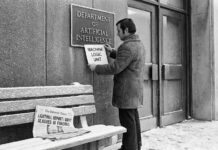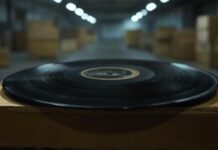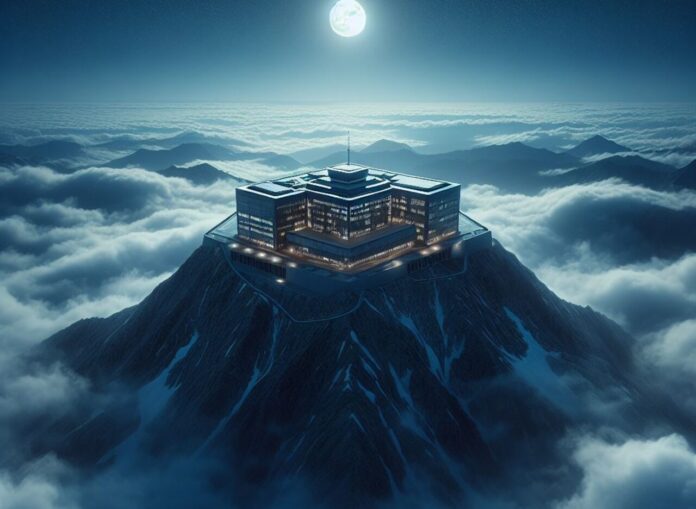
There are places on Earth that are shrouded in mystery, secrecy, and intrigue. These places are (mostly) inaccessible to the general public, and their existence is even sometimes denied or kept under wraps.
Some of these places are used for military purposes, while others are rumored to house top-secret research facilities or even extraterrestrial life.
Here are, in our opinion, the top 5 most secretive & hidden places on Earth.
One of the most well-known secretive places is Area 51, a United States Air Force facility in Nevada.
The base is known for its association with extraterrestrial life and conspiracy theories. Despite being a highly classified facility, it has been the subject of much public interest and speculation.
Another secretive place is the Svalbard Global Seed Vault, located in Norway. This facility is designed to preserve the world’s crop diversity in the event of a global catastrophe. It is buried deep within a mountain and is accessible only to a select few.
And so with that short intro, let’s start exploring those secret places (and 3 additional ones) in more detail.
Related:
Area 51
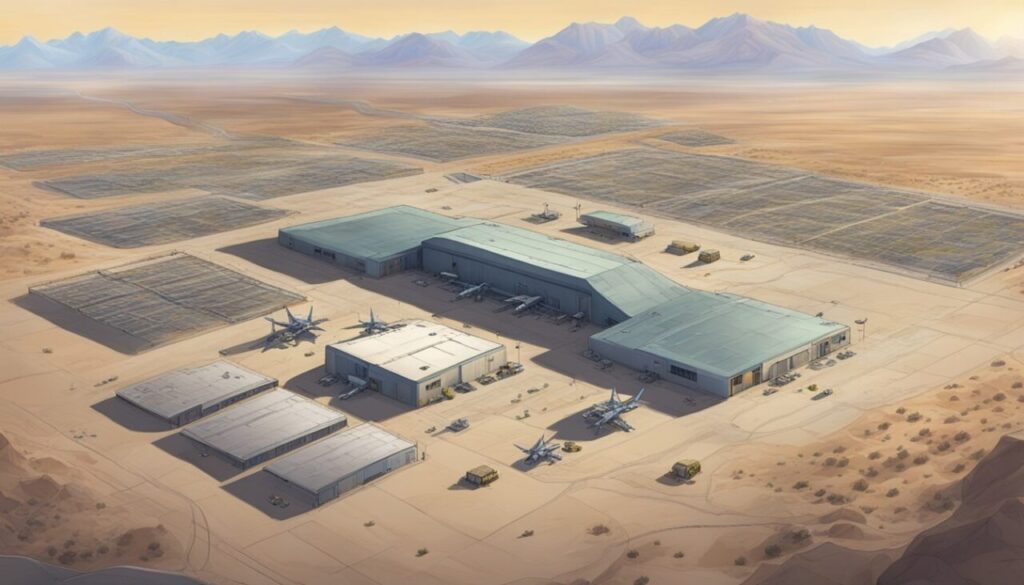
Area 51 is a highly classified United States Air Force facility located in the Nevada desert. It is one of the most secretive places on earth and has been the subject of numerous conspiracy theories.
Location and History
The facility, also known as Groom Lake, is located approximately 83 miles northwest of Las Vegas. It was established in the 1950s as a testing site for the U-2 spy plane and other classified aircraft. The area surrounding Area 51 is restricted airspace and is off-limits to the public.
Conspiracy Theories
Area 51 has been the subject of numerous conspiracy theories, the most famous of which is that the facility is used to store and study extraterrestrial technology and life forms. Despite the lack of evidence to support these claims, they continue to persist.
Another popular theory is that the United States government faked the moon landing and that the footage was shot at Area 51.
In recent years, the US government has acknowledged the existence of Area 51, but the details of its operations remain classified. The facility continues to be a source of fascination and speculation for many people around the world.
Interesting fact: While much of the information about Area 51 remains classified, an interesting historical fact is that the area was not officially acknowledged by the U.S. government until recently. Before that, the government consistently denied the existence of the facility despite its prominent presence in satellite imagery and public awareness. In response to a Freedom of Information Act (FOIA) request, the CIA declassified documents acknowledging the existence of Area 51 in southern Nevada. This was a significant moment as it confirmed the long-standing suspicions and speculations surrounding the secretive nature of the facility. The declassified documents referred to Area 51 as a testing site for aerial reconnaissance programs, such as the U-2 and OXCART projects during the Cold War.
Svalbard Global Seed Vault

In the faraway Arctic archipelago of Svalbard, there’s a special place that’s kind of like a super-secret backup for all our food. It’s called the Svalbard Global Seed Vault, and it’s tucked away in the freezing cold, surrounded by ice and snow.
This vault is like a Noah’s Ark, but for seeds. Its mission is to keep safe copies of seeds from all over the world.
So, if something bad happens, like a disaster or a big problem with our crops, we can use these seeds to grow new plants and make sure we have enough food.
What makes this place so interesting and secretive is not just what it does, but how it does it.
The Svalbard Global Seed Vault isn’t just a regular seed storage—it’s a fortress designed to keep our agricultural heritage safe.
And so, let’s take a peek into the cool security features that make this place one of the most guarded on the planet.
Firstly, location is key. Tucked away on a remote island in the Arctic, the Seed Vault is surrounded by icy mountains and chilling temperatures.
Its entrance, a long tunnel, adds an extra layer of protection, making it not the easiest place to just stroll into. It’s like nature itself is standing guard.
Now, let’s talk about the building itself. Carved deep into the permafrost, the vault is practically a giant freezer. The frozen ground acts like a natural shield, keeping the seeds in a state of suspended animation. Even if the power goes out, the seeds stay cool and safe.
But what if something goes wrong? Well, the Seed Vault has a backup for its backup. The facility is monitored 24/7 by security cameras, and the alarms are ready to ring if anything fishy happens.
Plus, there are emergency measures in place to deal with potential issues.
The secrecy is another level of security. The exact contents of the Seed Vault are a well-kept secret. Only those who deposit the seeds know exactly what’s in there. This confidential approach ensures that the intellectual property and genetic diversity of the stored seeds are protected.
So, when it comes to the security of the Svalbard Global Seed Vault, it’s like a combination of nature’s defenses, cutting-edge technology, and a good old-fashioned secret-keeping. This place is more than just a storage room—it’s a high-tech, super-cool guardian of our planet’s plant diversity.
Interesting fact: The Svalbard Global Seed Vault is reported to store over 1.2 million seed samples, representing a wide variety of plant species from around the world.
Vatican Secret Archives
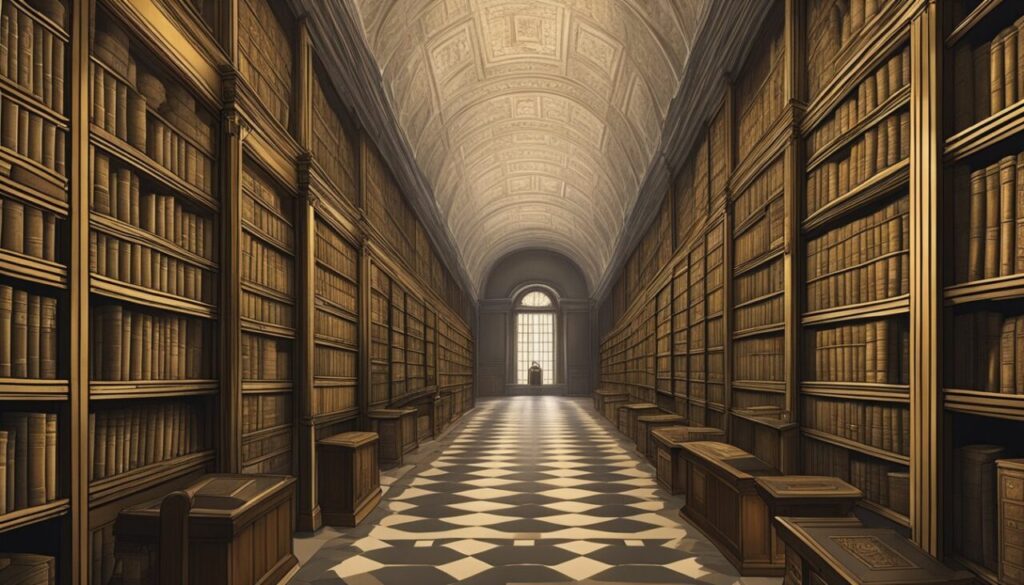
The Vatican Secret Archives, also known as the Vatican Apostolic Archives, is one of the most secretive places on earth. Located in Vatican City, the archives are the central repository of all Catholic documents, books, and other mysterious things.
Historical Significance
The archives date back to the 17th century and contain documents that span over 12 centuries. According to HISTORY, the archives hold around 35,000 volumes of catalogues, 53 miles of shelving, and a collection of manuscripts, documents, and letters from some of the most significant figures in history. The archives hold documents such as the papal bull excommunicating Martin Luther, letters from Michelangelo, and the trial records of the Knights Templar.
Here are some other notable examples of documents kept in archives:
- The Papal Bull of Excommunication Against Martin Luther (1521): This document is significant in the history of the Protestant Reformation and has been a subject of historical interest.
- The Trial of Galileo Galilei (1633): Documents related to the trial of Galileo, including the Inquisition’s verdict against him, are kept in the archives. This event is often cited in discussions about the relationship between science and religion.
- The Fatima Secrets (1917): The Vatican Archives are believed to house the secrets revealed by the Virgin Mary to three shepherd children in Fatima, Portugal, in 1917. The third secret, in particular, was kept confidential by the Vatican until it was disclosed by Pope John Paul II in 2000.
Interesting fact: One lesser-known and intriguing fact about the Vatican Secret Archives is that it holds a document called the "Papal Tax Registers." These registers, spanning centuries, detail the taxes collected by the Catholic Church. What makes them fascinating is that they offer insights into various aspects of life, including property ownership, economic activities, and even information about individuals' personal lives, providing a unique historical perspective on the socio-economic conditions of different periods.
Access Restrictions
Access to the archives is highly restricted, and only a select few individuals are granted permission to enter. According to Identiv, the archives are protected by multiple security measures, including a sophisticated security system, metal detectors, and a team of trained security personnel.
In order to access the archives, researchers must demonstrate a legitimate need for access and be approved by the Vatican’s Prefect of the Archives. Even then, researchers are only allowed to view a limited number of documents at a time, and they must be supervised by a member of the archives’ staff.
Overall, the Vatican Secret Archives remain one of the most mysterious and intriguing places on earth, shrouded in secrecy and protected by some of the most advanced security measures in the world.
Mezhgorye
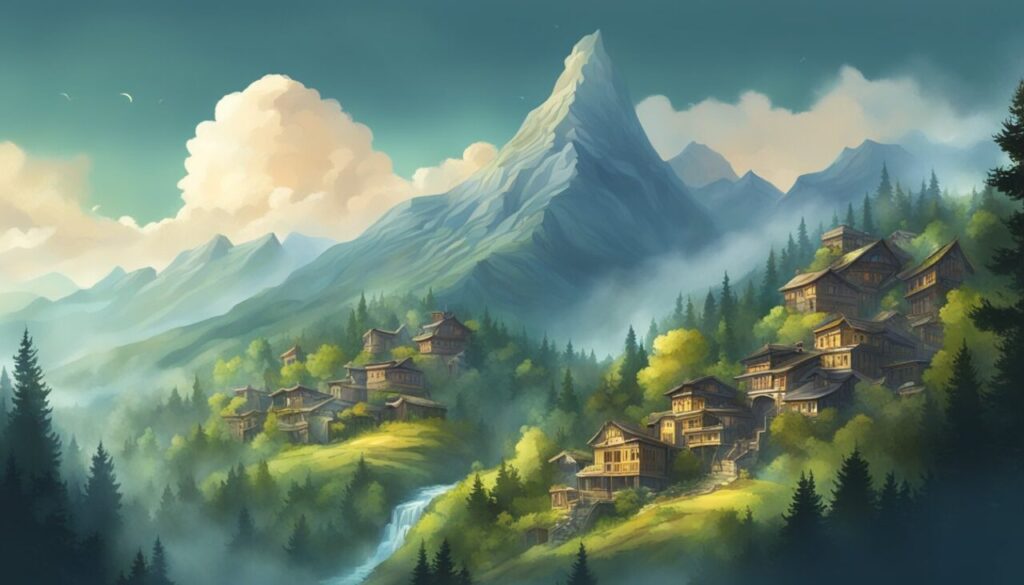
Mezhgorye is a closed town located in the southern Ural Mountains of Russia. It is widely believed to be a top-secret military base, though the Russian government claims it is simply a mining town.
The town is heavily guarded and access is strictly controlled.
Russian Military Base
According to rumors, Mezhgorye is a nuclear weapons storage site and a testing ground for new weapons technology. It is believed that the base houses a variety of military installations, including a ballistic missile launch site and an underground bunker system.
The base is also said to be home to a secret research facility where scientists are working on advanced weapons systems.
Speculations
There are many speculations about what goes on inside the base, but it is difficult to verify any of them. Some believe that the base is connected to a secret Russian space program, while others speculate that it is a training ground for elite military units.
There are even rumors that the base is home to extraterrestrial life or that it is the site of a massive conspiracy involving the Russian government and other world powers.
Despite the many rumors and speculations, very little is known about what actually goes on inside Mezhgorye.
The Russian government has been tight-lipped about the base, and access is strictly controlled.
However, the secrecy surrounding Mezhgorye has only fueled speculation and conspiracy theories, making it one of the most mysterious and intriguing places on Earth.
Interesting fact: The closed town is situated in the Ural Mountains, a remote and rugged area known for its harsh weather conditions, including long, cold winters. The Ural Mountains are not only a natural barrier but also an area with limited accessibility. Mezhgorye's location in such a challenging environment adds to the intrigue surrounding the town, as it contributes to the perception that it is a secluded and heavily guarded place. The difficult terrain and weather conditions may play a role in maintaining the secrecy of any activities taking place in the region.
Fort Knox
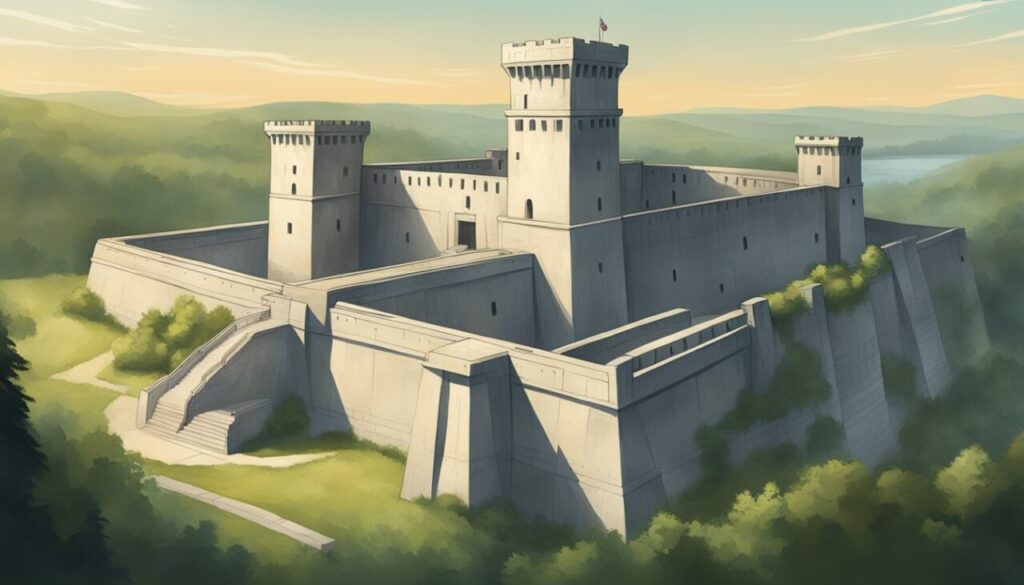
Fort Knox is a United States Army post located in Kentucky. It is known for being the site of the United States Bullion Depository, which holds thousands of tons of gold and other precious metals.
Gold Reserves
Fort Knox is home to the largest gold reserves in the world, with an estimated 147.3 million ounces of gold stored in its vaults. The gold is owned by the US government and is used to back the US dollar.
Security Measures
Fort Knox is heavily guarded and is one of the most secure places on earth. The facility is protected by a 22-ton blast door and is surrounded by a 4.5-meter-high fence. There are also numerous security cameras and sensors in place to detect any unauthorized activity.
In addition to physical security measures, Fort Knox also employs a variety of security personnel, including military police and other specialized units. These personnel are trained to respond to a wide range of threats, including terrorist attacks and other forms of violence.
Over the years, various conspiracy theories have emerged regarding Fort Knox. Some suggest that the gold is no longer there, while others propose that it’s been used as collateral for international loans.
Overall, Fort Knox is a highly secretive and secure facility that plays a critical role in the US economy. While there are many rumors and myths surrounding the site, the reality is that it is a highly protected and heavily guarded facility that is essential to the nation’s financial security.
Interesting fact: The United States Bullion Depository is not solely dedicated to gold; it serves as a secure vault for various valuable items, including important documents and artifacts. Some of the items that have been stored there include the Declaration of Independence, the Constitution of the United States, and the Magna Carta.
Conclusion
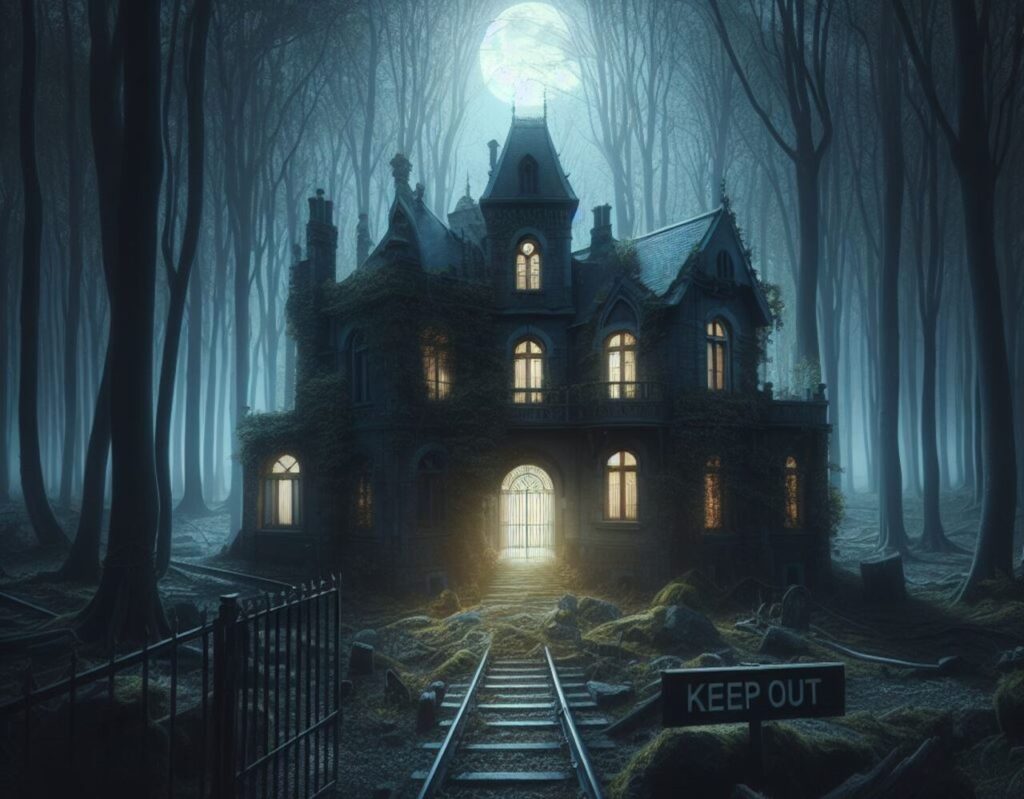
In summary, we’ve looked at some really mysterious and secret places on Earth. These are spots that most people can’t get to, and some of them were even kept hidden from public for a long time.
First, there’s Area 51 in the Nevada desert. It’s a super-secret U.S. Air Force base known for UFO and alien theories. It was a big secret until recently when the government admitted it exists.
Then, there’s the Svalbard Global Seed Vault in Norway, a freezing place that acts like a backup for our plant seeds. It’s like a high-tech storage room in a super-secure fortress, preserving our plant diversity.
Next up is the Vatican Secret Archives in Vatican City. It holds super-old documents and letters, including things from famous people like Michelangelo. It’s super protected, and not many people are allowed in.
Mezhgorye in Russia is a closed town in the mountains. Some say it’s a secret military base, but the government calls it a mining town. The rumors and mysteries around it make it really interesting.
Finally, there’s Fort Knox in Kentucky, USA. It’s where the U.S. keeps a ton of gold. It’s heavily guarded with big fences and security cameras. People have come up with stories like the gold isn’t there anymore, but it’s an important place for the country’s money and important documents.
So, these places are full of secrets, and even though we know a bit more about them now, they still make us wonder about what’s really going on there.
Note: You might be interested in following articles also:











